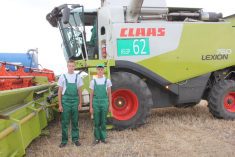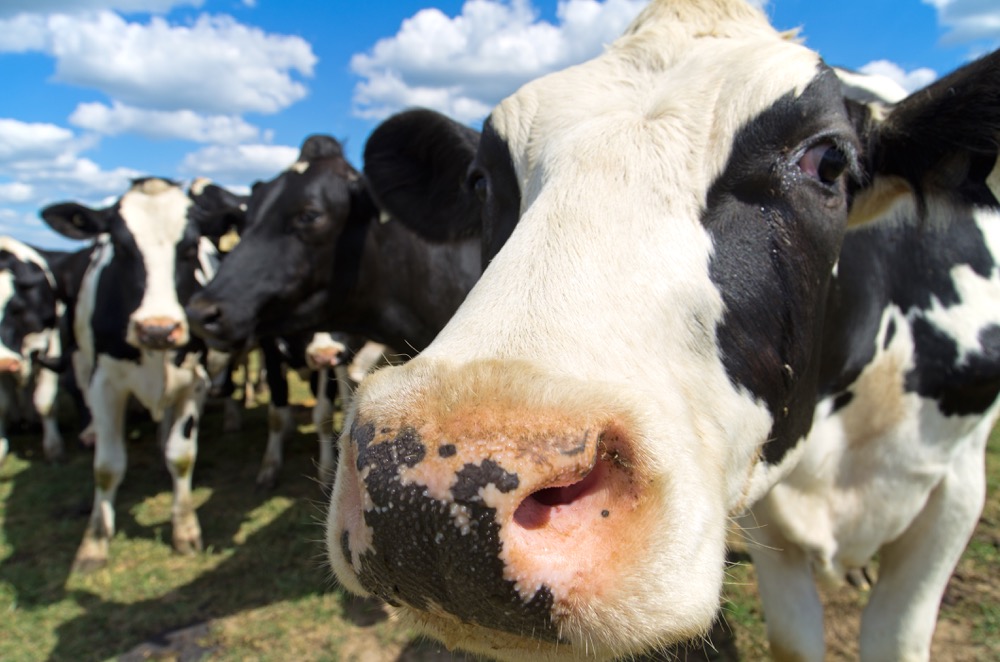We are born with an amazing curiosity that is exemplified in the child’s constant quest for the answer to why.
Why does the water run that way? Why do I need to wear shoes? Later in life the questions get deeper and more worrisome as they move away from a sense of wonderment to one of anxiety. Why am I here? Who am I? What is my purpose?
To be of significance is a great achievement, but how does one get there?
There are three stages: Survival, success, and significance. And each step is necessary in our growth.
Read Also

Guarding against misinformation: Do you believe in house hippos?
Misinformation and disinformation run rampant in today’s digital age. Farmers must be wary of the digital dangers and know how to keep themselves safe.
We struggle at first to survive and navigate the challenges in our early adult years. We work hard until we have some measure of success and can then contribute in a significant way to humanity. Is this the right, or only, lens in which to view our very being?
- More with Brenda Schoepp: A look into an entirely different world
Perhaps we are more the lives we live and the stories we create. When we go to read a book, we don’t start at the back of the book, demanding to know the ending. So why is it in our lives we insist on knowing before experiencing why we are here, who we are, and what our purpose is?
We must start at the beginning and develop our character and the story — line by line, page after page, chapter by chapter — weaving a rich story of experiences, emotions, trials, and joy. Without these experiences we do not have a storyline. Without rich and complex characters, we cannot relate.
Yen is a successful tailor. You must wait in line in her shop and perhaps for days for your garment to be complete. She is an excellent seamstress who holidays when she wants, closes shop when she needs to, and contributes to her community and her family.
Born of Chinese parents in Vietnam, there is one existing childhood photo of her in her drab clothes and without shoes. She grew up during the Vietnam War when the government rationed food to 13 kilograms of rice per person per month (half of that for a child) and four yards of cloth per person per year. People were small in stature so they could make a shirt and pants and use the scraps for undergarments.
The school was moved out of town for fear of being bombed and so the children walked a long way and stayed until the end of the day, without lunch. They were without electricity or candles at home but had a kerosene lamp by which to read. It was not used however, as a lighted village could be spotted from the air. So families sat in darkness huddling together as the planes flew overhead. It was as a little girl that Yen helped a local seamstress.
Prior to her teens, the family went back to China but that didn’t work for them so they fled to Macau. It was there that she and her family spent the next eight years in a refugee camp. On the year of her 18th birthday, Yen was sent to Canada where she settled with her husband in Alberta. He washed dishes for $3.50 an hour and she raised three children.
They moved to the West Coast where Yen got a job sewing duffle bags for 25 cents each. After awhile she took a better-paying job, receiving $2.50 for every duvet cover she created. Her wrists and fingers gave in and after several surgeries and a few years of rest she started her own shop where she cared for her grandchildren while tailoring.
Yen is successful and most certainly joyously giving back. But those simple measurements are not the story. The whole story helps us appreciate not only her history, but the richness behind her huge smile and welcoming personality. She is proud of her past and who she has become.
Yen lived her life line by line and created the space for her success and significance. She smiles when talking of the hardship as though it was a treasured flower in the garden. She may not have a formal education, but is an exceptionally good business person and an amazing human being. Her community loves and appreciates her.
Yen showed up for life. She showed up doing her best at all times and in all places and brought with her a sense of joy and curiosity. This curiosity was not focused on what she could be — she already was. It was the curiosity of that child that keeps asking questions and opening doors and finding opportunities to grow and to learn.
Line by line, she lived each chapter richly and fully.
Why am I here? Who am I? What is my purpose? I don’t know — the story is not yet finished. I only know that to be present in this day and at this moment gifts us true purpose.















